Welcome to Algebra I: Introduction to Polynomials
In this program, students explore the properties of polynomials. A polynomial is the sum of one or more terms. In their simplest form, they contain no like terms, and they are written in descending order. Part of the "Welcome to Algebra I" series.
Media Details
Runtime: 21 minutes 21 seconds
- Topic: Mathematics
- Subtopic: Algebra, Mathematics
- Grade/Interest Level: 7 - 12
- Standards:
- Release Year: 2014
- Producer/Distributor: PBS Learning Media
- Series: Welcome to Algebra I
- Report a Problem
Available Resources
Related Media
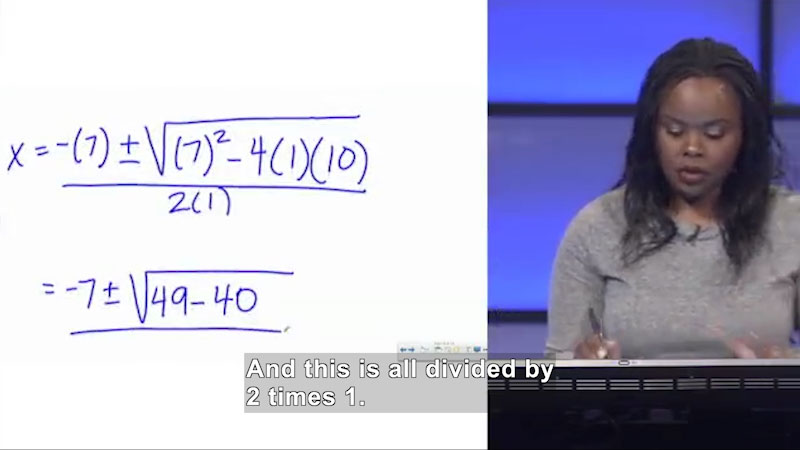
Welcome to Algebra I: Solving Quadratic Equations Algebraically

Welcome to Algebra I: Representing an Inverse Variation Algebraically
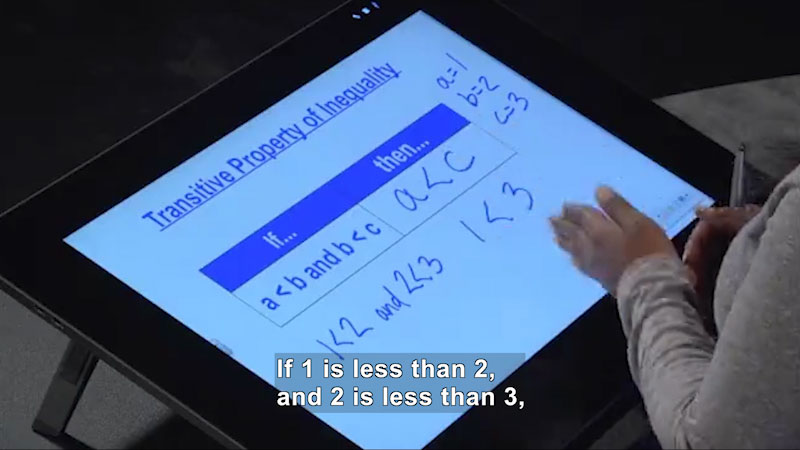
Welcome to Algebra I: Properties of Inequality
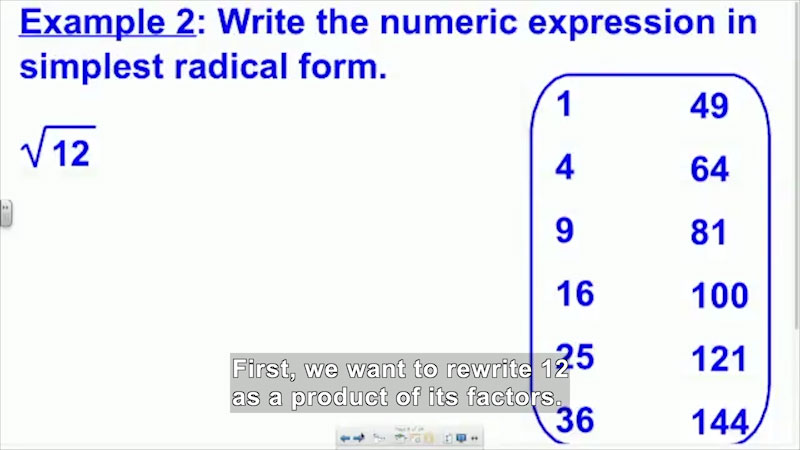
Welcome to Algebra I: Simplifying Square Roots of Whole Numbers
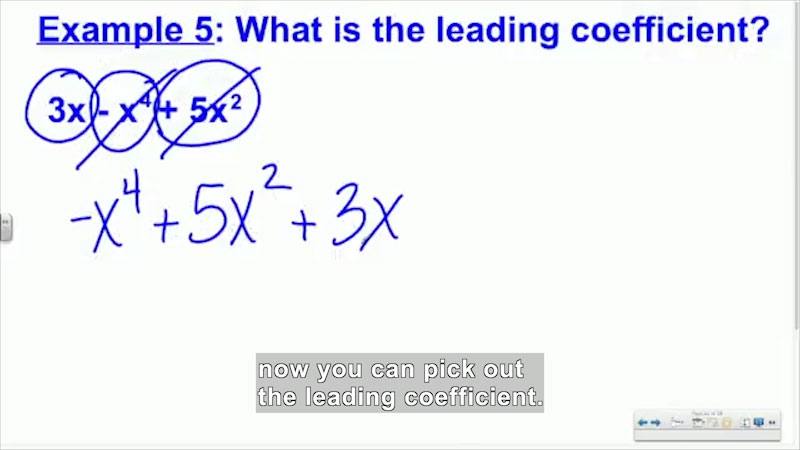
Welcome to Algebra I: Introduction to Polynomials
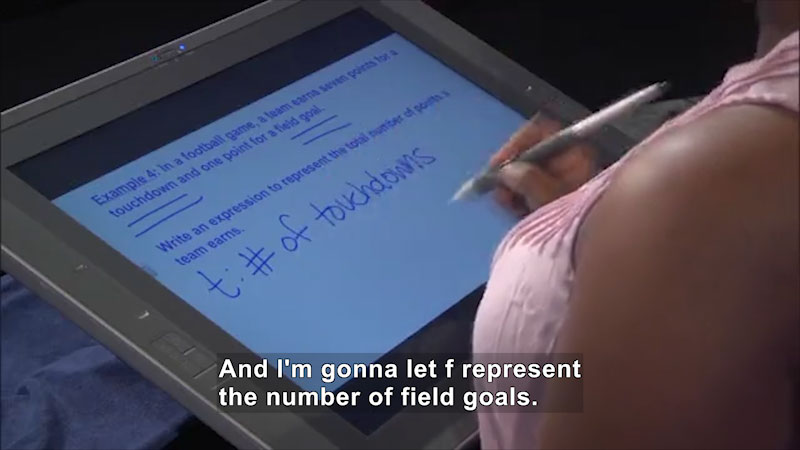
Welcome to Algebra I: Modeling Real-World Situations

Welcome to Algebra I: Evaluating Expressions
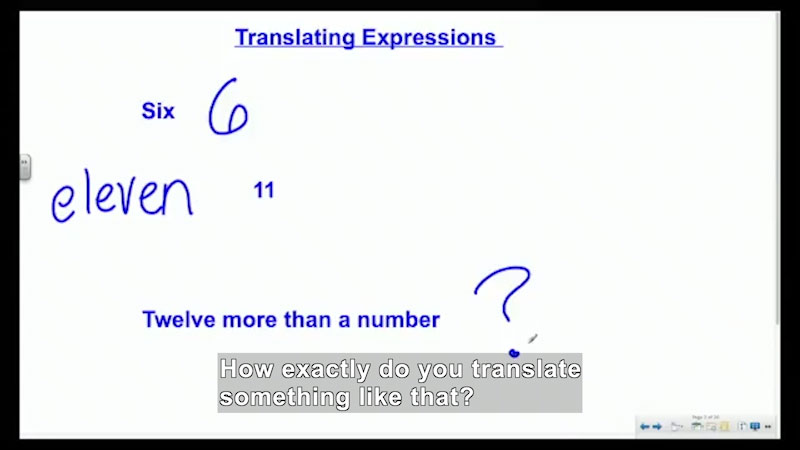
Welcome to Algebra I: Translating Expressions

Welcome to Algebra I: Determining if a Direct Variation Exists
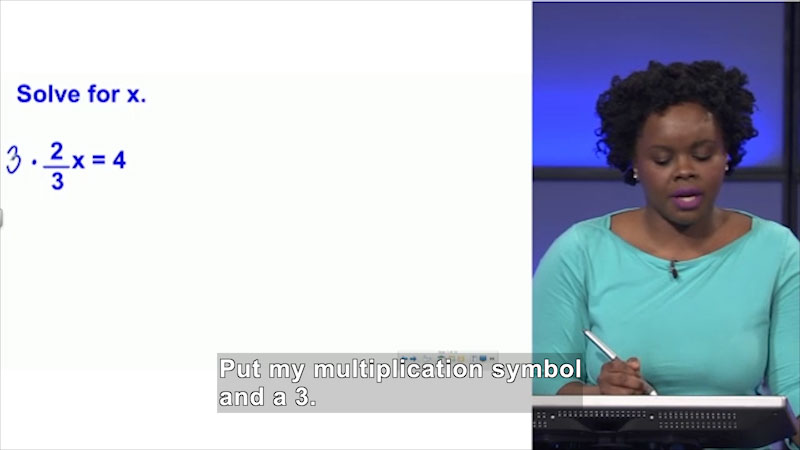
Welcome to Algebra I: Solving Literal Equations
